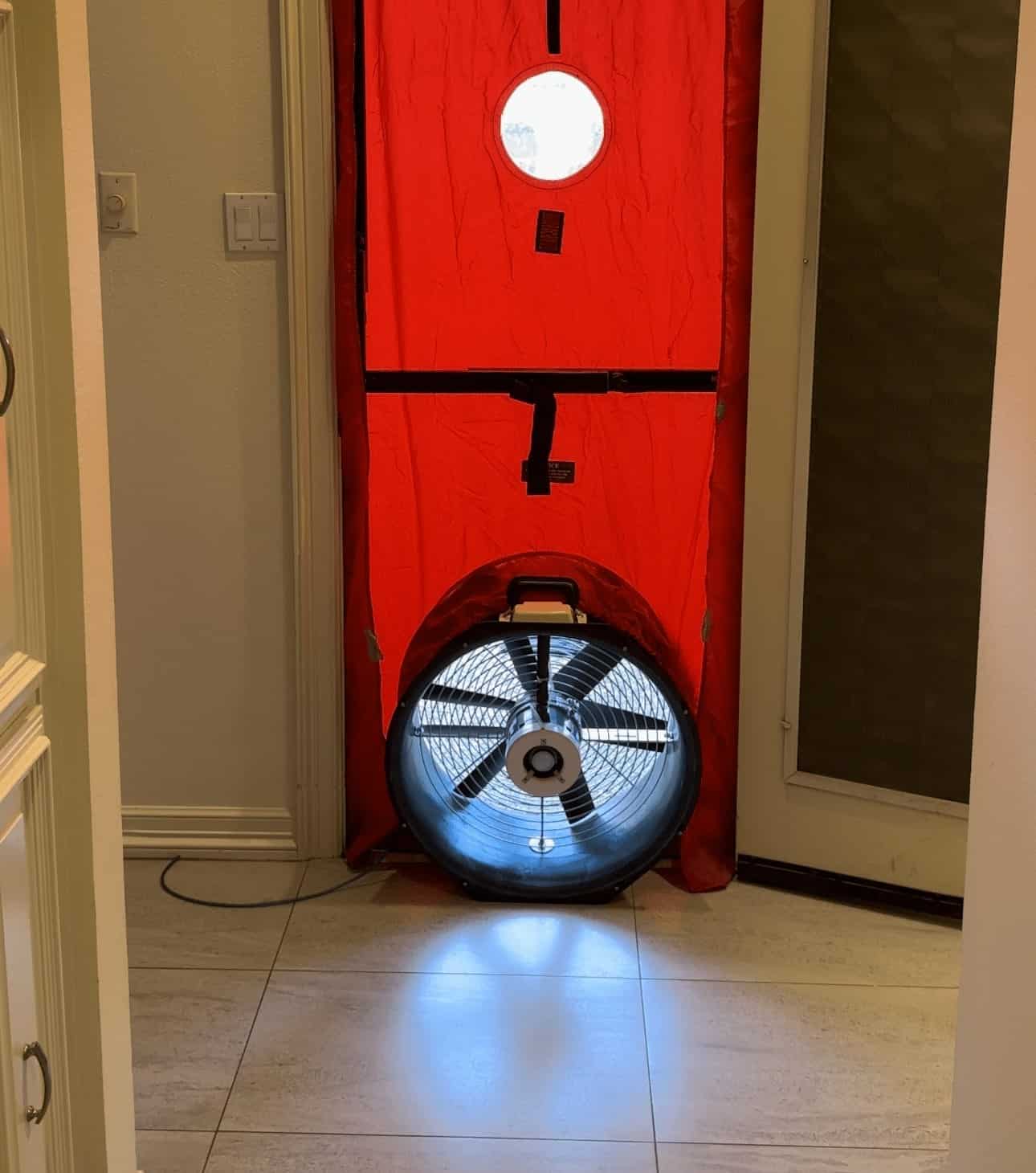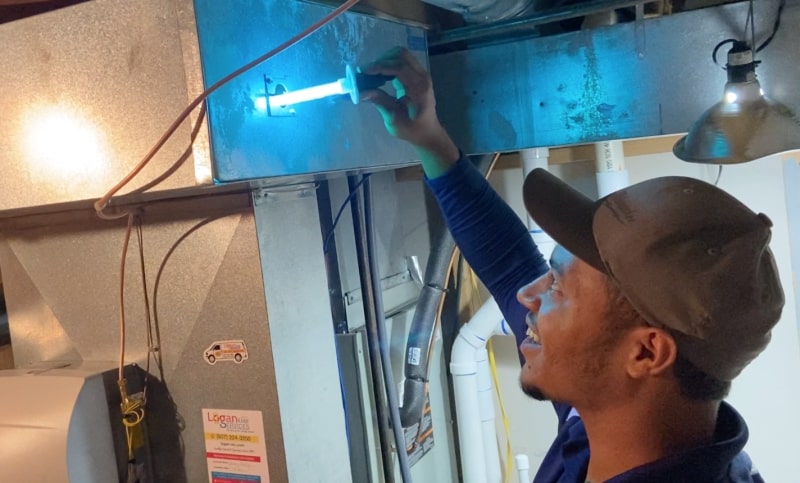The Green Attics Ideas
The Green Attics Ideas
Blog Article
6 Simple Techniques For Green Attics
Table of ContentsGetting The Green Attics To WorkNot known Incorrect Statements About Green Attics The 6-Second Trick For Green AtticsThe Ultimate Guide To Green AtticsThe smart Trick of Green Attics That Nobody is DiscussingAbout Green Attics
Posted by Solution Champions Air Conditioning BlogWhen you switch on your home heating, you desire it to remain inside your home - Home energy efficiency. Powering up the heating triggers the heat to rise directly up right into your attic room. It's then up to your attic insulation to do its work and block the heat from escapingSo, it's apparent that you need to spend your money and time right into protecting your home, however what attic room insulators are available for you to pick from? Which attic room insulation is best? And what are the prospective risks of each of them? This article will lay out the 4 kinds of attic room insulation you can select from, plus dive right into the pros and disadvantages of each.

How Green Attics can Save You Time, Stress, and Money.
Batts are big, rolled up sheets of product which are integrated together with a chemical vapor. This vapor acts as a glue. Why is fiberglass batt insulation so popular? It's many benefits include: All at once, fiberglass is substantially environment-friendly. The fiberglass itself is created from sand which is after that become glass, which counts as a renewable resource resource.
Fiberglass batt insulation rarely reduces or collapses. This is due to the air pockets that happen in manufacturing. Fiberglass batt insulation is additionally soundproof, assisting lower external sounds and maintain interior sound inside the residential or commercial property.

See This Report on Green Attics
If wetness is soaked up by the fiberglass batt insulation, it can reproduce unsafe mold. Rodents and other undesirable visitors love fiberglass batt insulation, and commonly make it their home. Thus, rodent invasions are an actual opportunity. If you like the concept of fiberglass yet aren't keen on making use of batts, then blown-in fiberglass may be the means ahead for you.
When making use of the blown-in technique, it fills up the attic much better, ensuring it's air-tight. This decreases the quantity of hot air running away and cold air getting in. It takes a matter of hours to obtain your attic room insulation up and running.
After the insulation has resolved, it's confirmed that the R-Value reduces. It requires extra maintenance than various other sorts of attic room insulation on our list. Should the insulation obtain damp, removing the insulation isn't as very easy as getting rid of fiberglass batts. You'll need to choose all of it up, while wearing handwear covers, and remove it bit by little bit.
This attic insulation is additionally blown-in utilizing a blowing machine, nevertheless the material used is various. Boric acid and various other materials are applied to flame-proof the attic room insulation.
How Green Attics can Save You Time, Stress, and Money.
(https://us.enrollbusiness.com/BusinessProfile/7084490/Green%20Attics)
Is blown-in cellulose insulation worth it? Right here's what it can supply your house: For the a lot of component, blown-in cellulose is better for the earth. With cellulose being made from totally recycled product, there's no need to create brand-new product. Recycling this is environmentally friendly. The boric acid and various other substances assist to fire proof the insulation and slow the spread of fires.
Blown-in cellulose insulation has an R-Value that is 23 percent higher than fiberglass batts. What are the cons of installing blown-in cellulose insulation in your attic room?
Cellulose likewise doesn't blend well with fluid. Must it become wet, mold and mildew can expand swiftly and spiral uncontrollable. Remedying this circumstance can be labor and time intensive, as you'll require to select up the insulation little bit by little bit, as opposed to in one roll. The final sort of attic room insulation is spray foam insulation.
Get This Report about Green Attics
Unlike all the other kinds of attic room insulation, spray foam insulation is the only kind to find as a liquid. After being splashed, it enlarges and expands, and after that sets as a long lasting foam. This foam slides nicely into any type of gaps, locking airtight, and cuts off any escape paths for your heating.
Finally, what are the drawbacks of website here spray foam insulation?: The in advance payment for spray foam insulation is more than the other kinds of attic room insulation on our list. However, it deserves thinking about that, as a result of high levels of power performance, it'll likely cancel and even end up being more affordable in the long-run to maintain your home cozy.

The 3-Minute Rule for Green Attics
Wonderful care needs to be taken around the foam, and you'll require to put on goggles, a mask, and a respirator. With 4 kinds of attic room insulation and their pros and cons, you're currently able to make an informed decision, understanding the benefits and drawbacks to each. That's why I can state with self-confidence that the ideal means to shield my attic is with economical cellulose or fiberglass insulation used over an impermeable attic floor.
Report this page